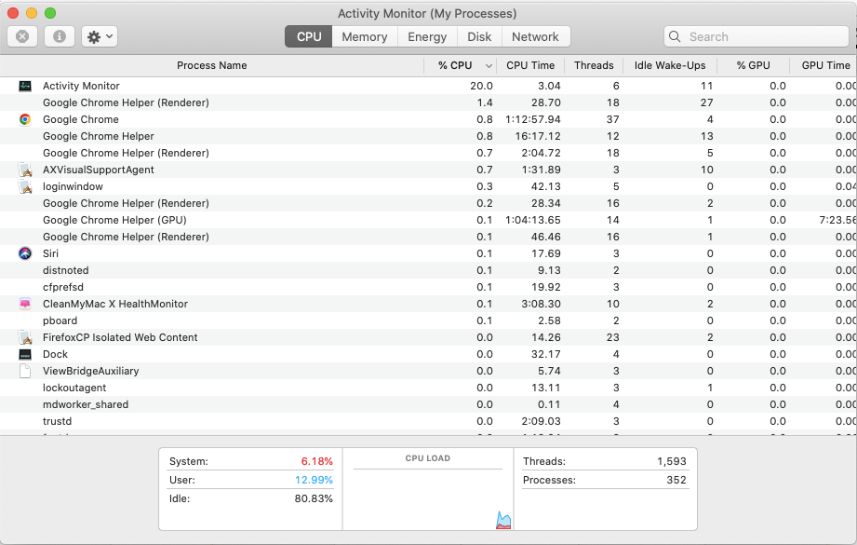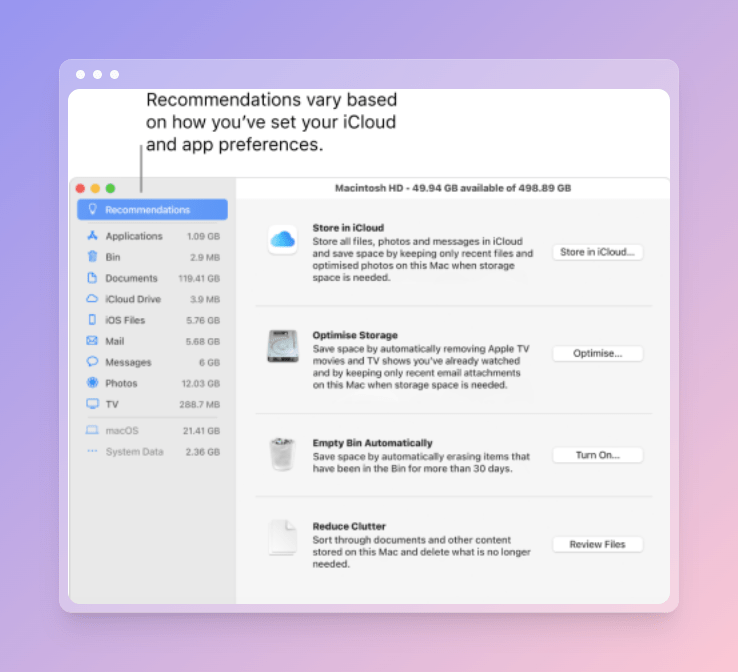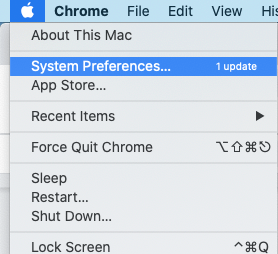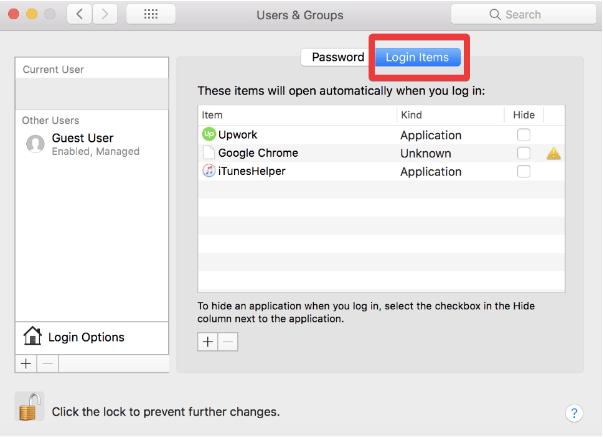Speeding up macOS Ventura involves a series of optimization steps to enhance system performance and responsiveness. From decluttering storage and managing startup items to optimizing settings and updating software, several techniques can significantly boost the speed and efficiency of your Mac running macOS Ventura.
By implementing these strategies systematically, users can experience a smoother and faster computing experience, maximizing the potential of their macOS Ventura-powered device.
Why Is My Mac Slow After the Ventura Update
It is highly tempting to update your Mac to the latest macOS Ventura which is on public beta version to enjoy its latest features and interface. Apple always provided highly intuitive features and applications with latest macOS versions and it is the same with the latest Ventura which are extremely alluring.
At same time the beta version does come with certain bugs and errors which would impact performance of your Mac.
Below are a few reasons why Mac is slow after macOS Ventura update.
- Increased resource demanding processes.
- Low Disk space.
- Unwanted login items at startup.
- Intensive animation effects.
- Disk permissions errors.
- Slowing spotlight indexing.
- Cloud sync lag.
- Latest macOS bugs and errors.
How to Make macOS Ventura Run Faster?
To make macOS Ventura run faster, you are required to make certain changes. Following are easy optimization steps to speed up macOS Ventura as listed below –
Step 1 – Stop Resource demanding processes
Most often Resource hungry processes hog most of the system resources and make your Mac slow down drastically. Hence it is important to look for these Resource demanding processes and disable them to improve your Mac speed.
Follow below steps to disable demanding processes :
- Launch Activity Monitor By opening Finder > Applications > Utilities.
- Click on the CPU tab.

- Select the App using a higher CPU resource and Double click on it.
- Click on Quit to disable the process.
- When prompted, confirm to stop it.
Identify all the processes which are hogging higher CPU and stop them one by one. By freeing up a considerable amount of the system resources, your Mac performance is going to improve significantly.
Step 2 – Clean Disk Space
Another reason for your Mac to slow down is due to lack of Disk space. To install the latest macOS and over a period of time all the pile up of files and documents reduces disk storage space significantly which impacts Mac performance. To speed up your Mac it is very important to clean up all the junk and remove unwanted files.
Follow below steps to clean SSD or HDD of your Mac :
- Select Apple Menu, Click on About This Mac.
- Then Select Storage tab, which shows available storage.

- Click on the Manage button at right.
- On the Optimise Storage window, select Optimise.

- On the Reduce Clutter section, Click on Review Files to delete.
- From the list of files, select the unwanted documents and Click on Delete.
Performing declutter action on your Mac will free up significant storage space which will then improve its performance.
Step 3 – Manage unwanted start-up programs
While booting up your Mac some applications launch automatically, some apps are expected and some are unwanted. These unwanted apps on login items tend to slow down your Mac significantly. So to improve your Mac performance it is required to remove these unwanted login items from startup.
Follow below steps to remove them :
- Select Apple menu and Click on System Preferences.

- Then click on Users & Group and then Login Items.

- Here from the list of login items, all the apps which auto start are visible.
- To Remove unwanted apps from launching, select the app and Click on the Minus (-) button.
- To Stop unwanted apps services from opening, simply change their status to Closed.
By removing these unwanted login items from launching would improve your Mac performance and will support enough resources for other applications.
Step 4 – Close browser tabs
It so happens unknowingly we keep lots of tabs open in the browser. Each time we open a new tab on the browser it takes up a significant system resource, thus slowing down your Mac. These tabs keep holding on to the system resource until we manually close them.
Hence we recommend promptly closing all the unwanted browser tabs that you have kept open on your browser. Especially on Safari and Google Chrome browser to relieve the hogged system resources to speed up your Mac considerably.
Step 5 – Reduce visual effects
The latest macOS Ventura comes with very intuitive animations and visual effects. Although it doesn’t make any major difference to recent Mac devices, the older Mac device would tend to slow down as these effects take up considerable system resources.
Thus if your Mac is among the older devices and the latest Ventura update has slowed it down then reducing these visual effects would increase the performance significantly.
Follow below steps to reduce visual effects :
- Go to the System Preferences and select Dock & Menu Bar. Then Uncheck Animate opening applications and Automatically hide and show the dock options.
- Again go to System Preferences, Select Accessibility and then Click on Display. Here Check Reduce Transparency option.

Reducing transparency and turning of animation will reduce demand on system resources and speed up your Mac performance.
Step 6 – Spotlight indexing
Spotlight is a built-in search tool in macOS and it tends to index your new files. So why is your Mac slow due to Spotlight indexing ? Well Spotlight tends to rebuild the index when you for the first time into your Mac after a macOS update or import large amounts of data from other storage.
To find out whether Spotlight is indexing on your Mac, launch Spotlight and enter any keyword. While entering the keyword on the search bar, if you see a blue progress line across that means Spotlight is indexing. Well, other than waiting till it completes all the indexing you can’t do much.
Step 7 – Downgrade to previous macOS
The latest macOS Ventura version is on public beta version and not the stable public release which will happen later this year. Most beta testers who updated their Mac to the latest beta Ventura version are expected to come across lots of bugs or errors, so they can report back the same to Apple to fix them eventually to release the stable version later.
Hence we would suggest to only upgrade to beta version of Ventura if you want to beta test the same or else wait till the official version is released soon or if your Mac is really slow and laggy unable to fix it with various above steps then it is advised to downgrade your Mac to previous stable macOS version.
Frequently asked questions –
Q1. Why is my Mac so slow on Ventura?
The latest macOS version Ventura is on beta version as of now and comes with its fair share of bugs and errors to be reported and fixed. And also its intensive visual effects and features slows down most older Mac devices. Follow above mentioned easy steps to improve your Mac’s performance.
Q2. Will macOS Ventura speed up my computer?
The latest macOS Ventura is found to be a little slow on older Macs but seems to make no difference to the latest devices. Due to its intensive animations and effects along with extensive features does end up a lot resource hungry.
Q3. Why is my Mac so slow all of a sudden in 2024?
There are many reasons for your Mac to be slow, particularly due to resource demanding apps, low disk space, many login items on startup and many more. Read above mentioned reasons and follow the various steps to improve your Mac performance.
Q4. How can I speed up my macOS?
You can speed up macOS Ventura using various optimization methods as mentioned above easily.
Conclusion
Now, you know how to speed up macOS Ventura and what are the possible causes behind this issue. Although it is very appealing to update to the latest macOS Ventura which is on public beta version as of now and the final version will be released later this year, the beta version does come with lots of bugs and errors to be dealt with.
Simply, follow the above given steps to keep your Mac running at optimum performance after updating to macOS Ventura in case you feel it’s been slow. Or we also recommend to only upgrade your macOS to Ventura when the stable version is released to the public later this year. Was this blog helpful for you to find out how to make macOS Ventura run faster, let us know in the comments.
Also Read

